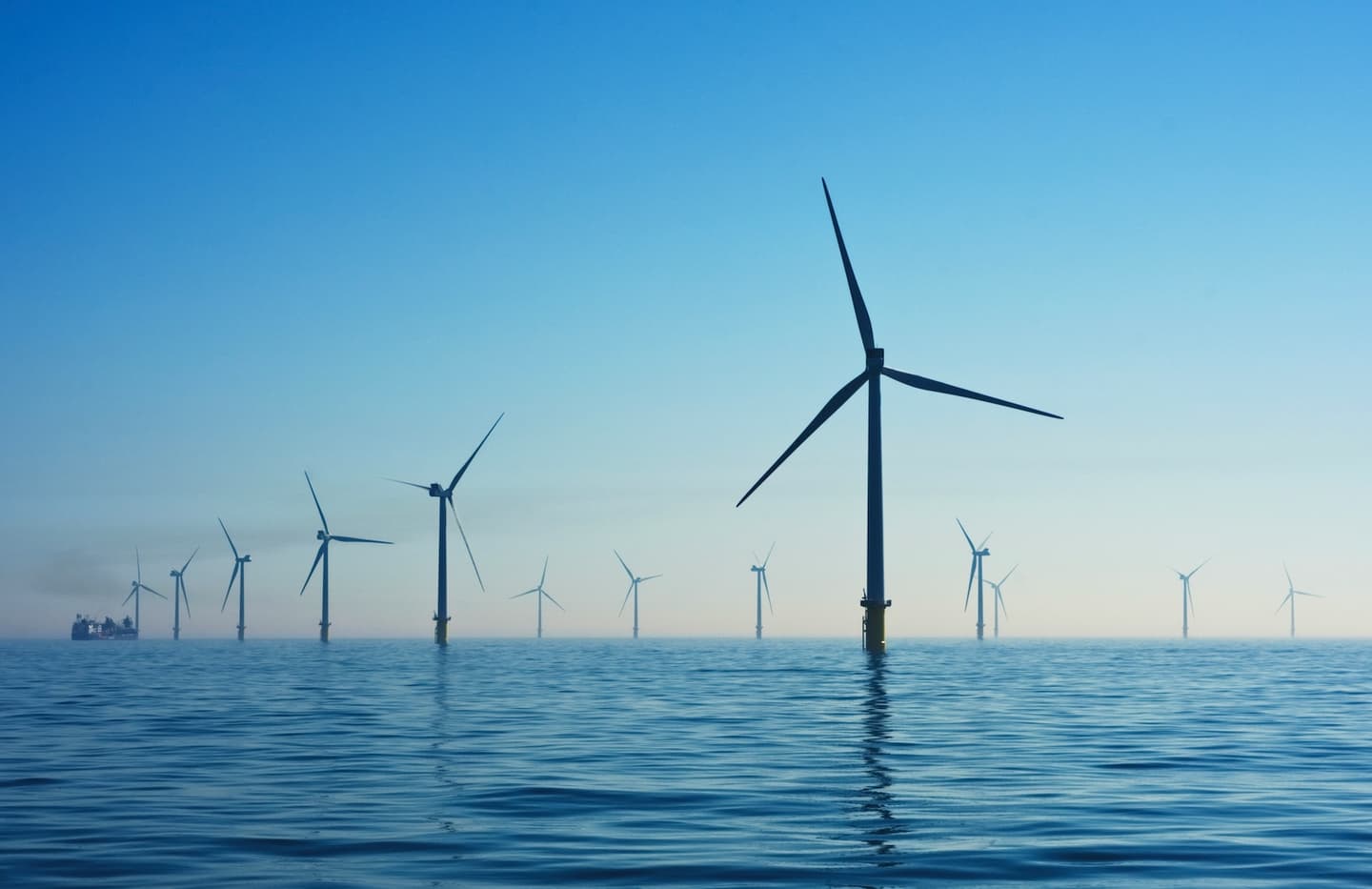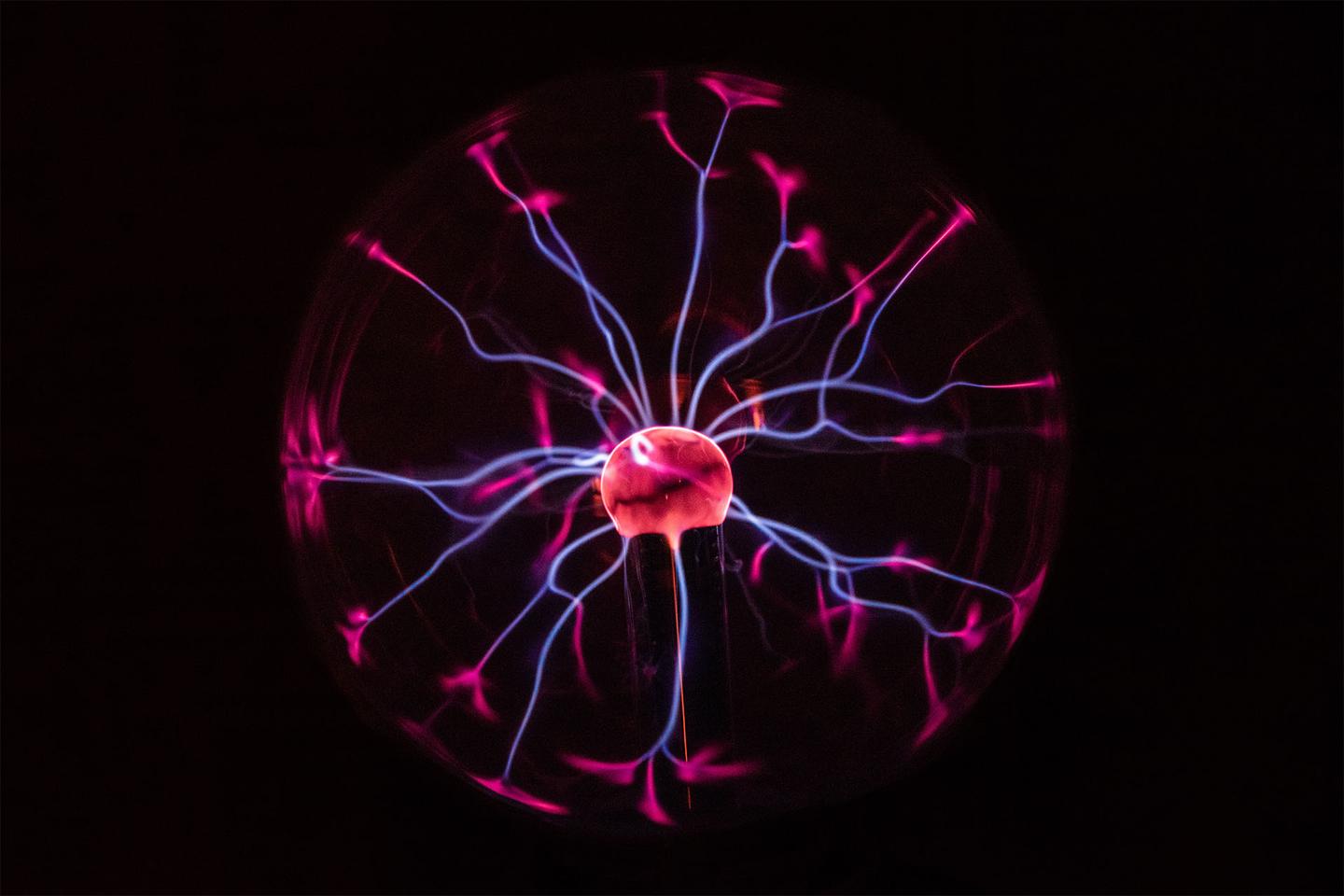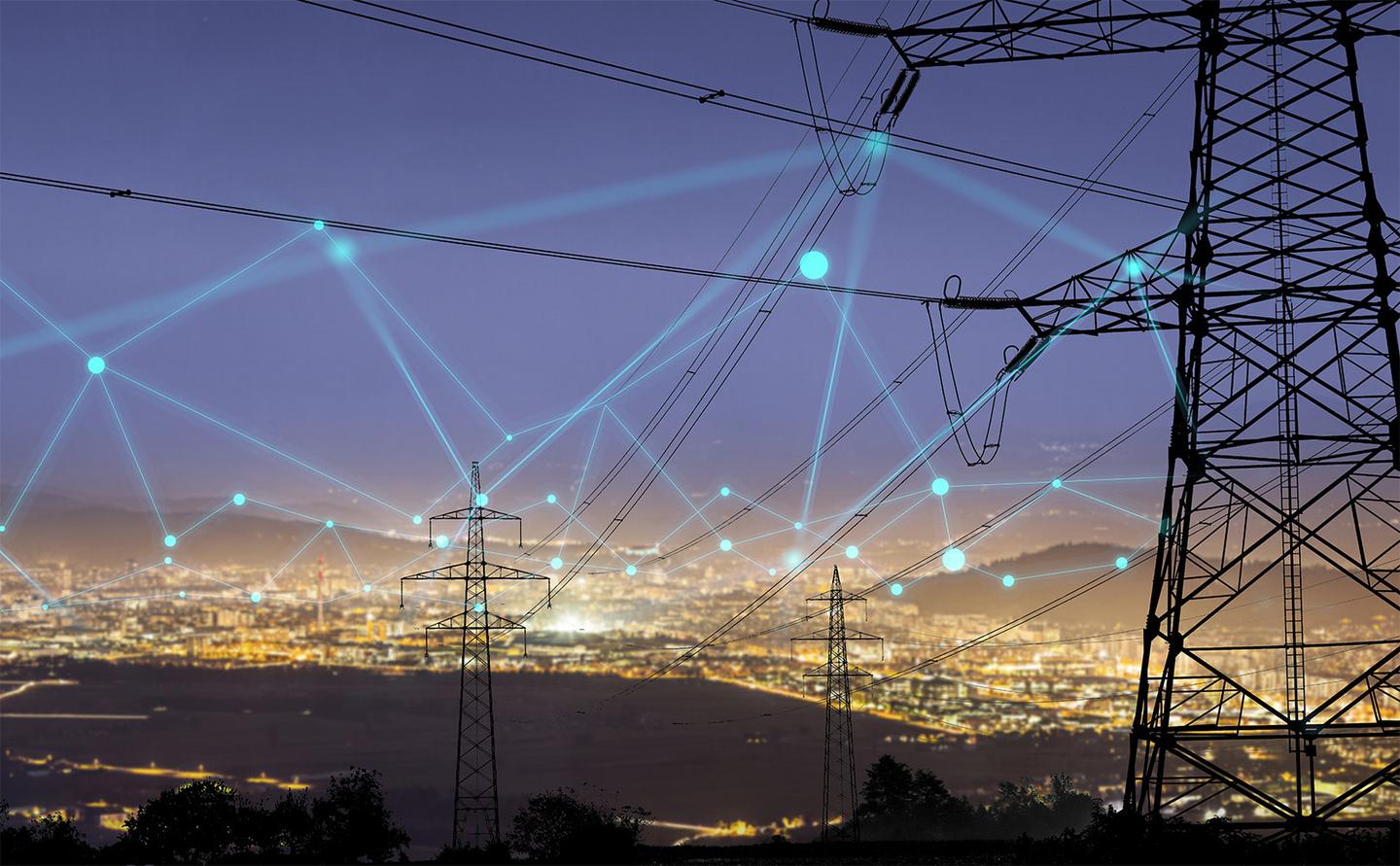Powering up: Apps at the heart of UK energy supplier CX strategy
As the utility landscape evolves, UK energy firms race to perfect digital self-service, usage analytics and simplified customer experiences through their apps. And it’s a tough market to be doing this in. In fact, it’s a tough market full stop.

In Q2 2023 – the latest period for Ofgem figures – the number of active licensed suppliers remained static at 21. At the end of 2017 this figure peaked at 70. Since then, market conditions have forced out many players and there has been a significant amount of M&A. Octopus Energy’s takeover of Bulb has been the most high profile and contentious, with legal challenges from rivals over the role of government subsidies.
Huge increases in energy costs have reduced the field, then, and account switching is much less common than it was before the energy crisis began in autumn 2021. The large legacy suppliers still hold 71% of the market for both electricity and gas so, whilst we understand price and contract terms to be the primary driver of customer movement – we know this works best when coupled with quality digital user experience. Our analysis of thousands of reviews highlight the role frustration with an app plays in prompting a customer to look elsewhere.
You can see for yourself, and download our analysis and summarised reviews, the UK Energy App Analysis, of 14 of the leading UK energy supplier apps.
Interestingly, the app reviews are also a trove of information and opinions about customer service, which is mostly negative (and sometimes downright angry!) We’re well aware that reviews tend to be negative, as they’re more often prompted by a poor experience than a good one, but it does vary. We also found a marked trend for iOS reviews to track higher than Android reviews, for reasons that are not entirely clear.
The mobile app experience for energy suppliers can be usefully contrasted with water companies, where customers do not have a choice of supplier. Ultimately, regardless of supplier – for water or energy – customers receive the same product through the ‘pipe’. This means that for energy companies it is all the more critical to provide functionality, ease of use and, crucially, to avoid frustrating customers who may walk at any moment, in search of the same product but without whatever digital irritance gave them itchy feet.
Energy companies have understandably seen their apps as a way to reduce service costs, and this can work well if they provide a convenient experience designed to function in a complementary way with the traditional, human-powered customer support. Octopus (consistently the top-rated app) does this well. Other market leaders set themselves apart not just with robust functionality but also intuitive design and value-added features beyond billing.
Without much in the way of end product differentiation to be had, energy companies must first nail the basics for their mobile channel, before taking on improved data analytics for customers and in turn for the business as a whole. Here the demand for, and improvement of, billing and usage management ought to work as a virtuous circle, allowing for happier customers and – for the supplier – improved situational awareness, arbitrage opportunities, personalisation and more. This is something we’ve seen in our work with major Nordic energy supplier Fortum.
Consumers are used to highly polished apps, don’t need to be told what a bad experience is, and therefore have high expectations within all industries, utilities included. User-focused design and value-added features on robust mobile platforms are now table stakes, thanks to frontrunners setting the pace. Energy firms need to deliver the brilliant basics: usable, convenient self-service, combined with quick and empathetic customer service, or risk customer defections.
 Matthew EdwardsManaging Director, UK
Matthew EdwardsManaging Director, UK




